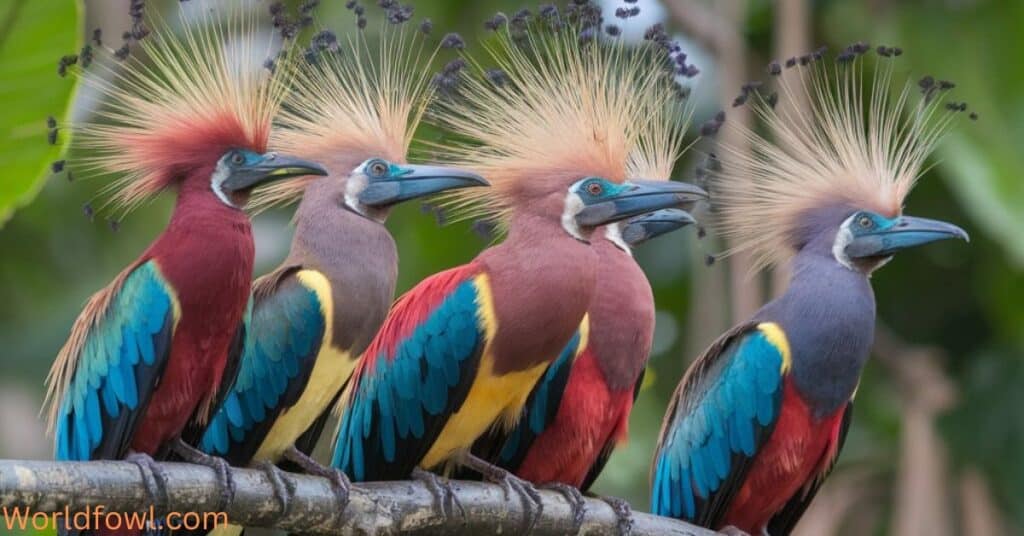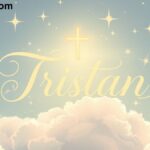Have you ever spotted a bird that looks like it’s ready for a rock concert? Birds with mohawks, or more accurately, crests, are nature’s punk rockers. These feathered friends sport stunning head plumage that sets them apart in the avian world. In this deep dive, we’ll explore the captivating world of mohawk birds, uncover the science behind their unique headgear, and meet some of the most striking crested species from around the globe. So, let’s ruffle some feathers and get started!
Nature’s Avian Mohawks: An Introduction
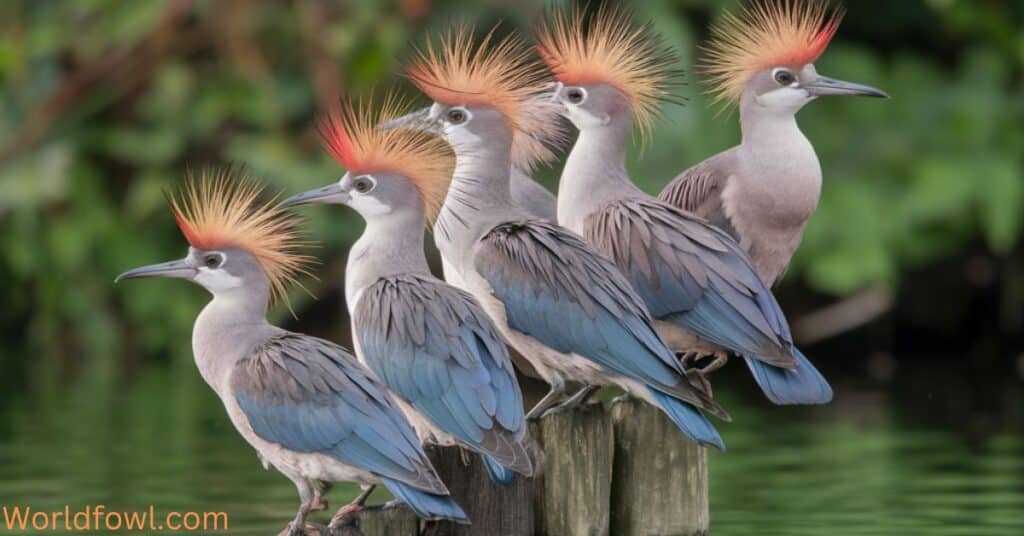
When we talk about birds with mohawks, we’re really referring to birds with crests. These distinctive feather arrangements atop a bird’s head can range from subtle tufts to dramatic plumes. The allure of these feathered crowns has fascinated birdwatchers and scientists alike for centuries.
“In the grand design of things, crested birds are nature’s way of adding exclamation points to the sky.” – Anonymous Bird Enthusiast
Birds with crests come in all shapes and sizes, each species sporting its unique style. Some, like the Blue Jay, have a crest that can be raised or lowered at will, while others, like the Northern Lapwing, have fixed crests that are always on display.
The Evolutionary Purpose of Crests
You might wonder, “Why do some birds have these fancy feather dos?” Well, it’s not just for looks (though they certainly are eye-catching). Crests serve several important functions in the bird world:
- Communication: Birds use their crests to signal emotions and intentions to other birds.
- Mating displays: Many species use their crests to attract mates during breeding season.
- Species recognition: Crests help birds identify members of their own species.
- Intimidation: Raised crests can make a bird appear larger to potential predators or rivals.
The Science Behind Feathered Crowns
Let’s dive a bit deeper into the fascinating world of bird crests. These aren’t just random feathers sticking up; they’re highly specialized structures that play crucial roles in bird behavior and survival.
you may also like : Birds Similar To Cormorants – 5 Birds That Look Like Cormorants
Types of Crests: Fixed vs. Erectile
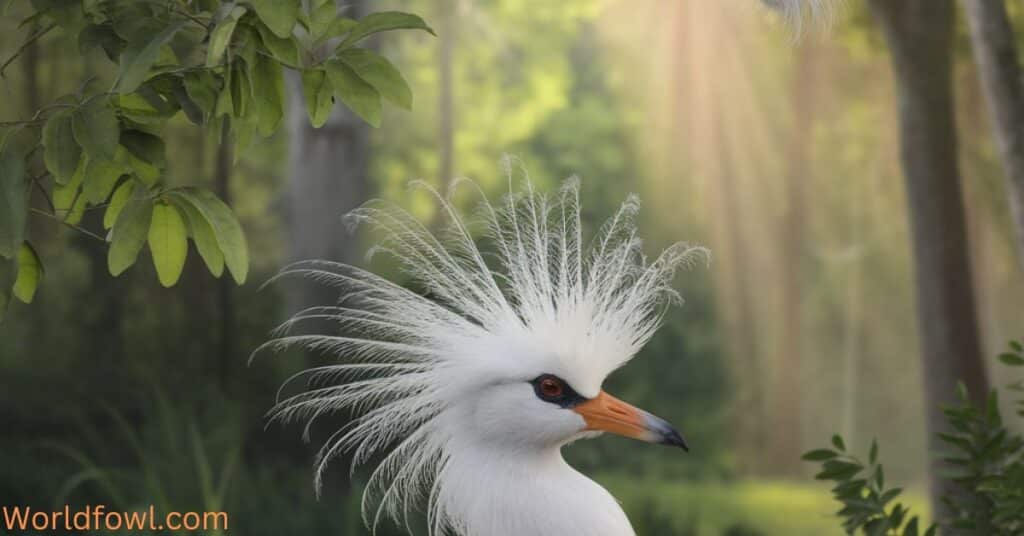
Birds with crests generally fall into two categories:
- Fixed crests: These are permanently erect and cannot be lowered. Examples include the Pileated Woodpecker and the Steller’s Jay.
- Erectile crests: These can be raised or lowered at will, like the crest of a Blue Jay or a Northern Cardinal.
Here’s a quick comparison:
| Crest Type | Example Species | Characteristics |
| Fixed | Pileated Woodpecker | Always erect, often more dramatic |
| Erectile | Blue Jay | Can be raised or lowered, more versatile for communication |
Role in Communication and Mating Rituals
Crests are like mood rings for birds. They’re an essential part of avian body language, helping birds with mohawks express a wide range of emotions and intentions:
- A fully erect crest often signals aggression or alarm
- A slightly raised crest might indicate curiosity or alertness
- A flattened crest usually means the bird is relaxed or trying to be inconspicuous
During mating season, crests become even more important. Many species, like the Hooded Merganser, use their crests in elaborate courtship displays. The more impressive the crest, the more likely a bird is to attract a mate.
Species Recognition and Intimidation Tactics
Imagine trying to find your friend in a crowd where everyone’s wearing the same outfit. That’s kind of what it’s like for birds in a flock. Crests help birds with mohawk feathers stand out and be recognized by members of their own species.
Crests also serve as a natural “don’t mess with me” sign. When raised, they make the bird appear larger and more intimidating to potential predators or rivals. It’s nature’s way of saying, “I’m bigger than I look, so back off!”
Crest Diversity Across Continents
Birds with crests aren’t confined to one corner of the world. Let’s take a globe-trotting tour to meet some of the most stunning crested birds from different continents.
you may like : What Do Magpies Eat? Magpie Diets Exposed
North American Crest Champions
Northern Cardinal: The Scarlet Sentinel
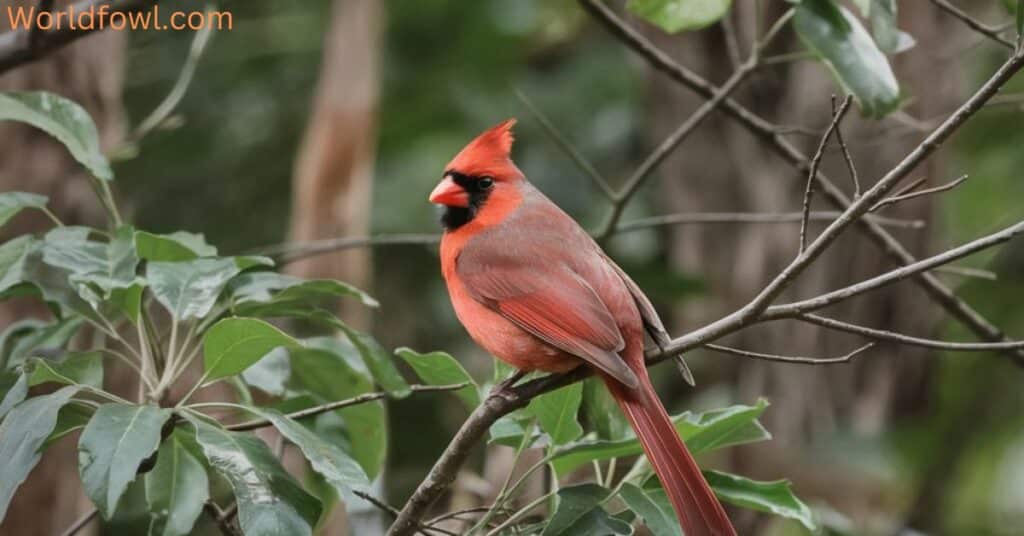
The Northern Cardinal is perhaps one of the most recognizable birds with mohawks in North America. Its bright red plumage and distinctive crest make it a favorite among backyard birdwatchers.
Key Facts:
- Scientific name: Cardinalis cardinalis
- Crest type: Erectile
- Distribution: Eastern and Central United States, parts of Canada and Mexico
- Diet: Seeds, fruits, and insects
The cardinal’s crest is highly expressive. When alert or excited, the crest stands tall, but when the bird is resting or trying to be inconspicuous, the crest lies flat against its head.
Pileated Woodpecker: Forest Drummer with a Flaming Crest
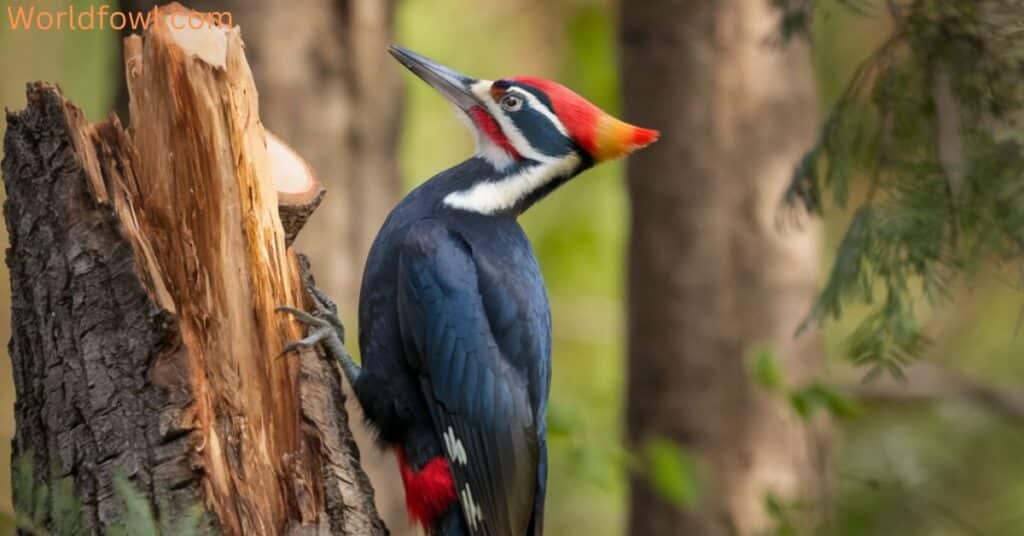
The Pileated Woodpecker is North America’s largest woodpecker, sporting a magnificent red crest that makes it look like a modern-day Woody Woodpecker.
Key Facts:
- Scientific name: Dryocopus pileatus
- Crest type: Fixed
- Distribution: Forests of North America, from southern Canada to Florida
- Diet: Insects (especially carpenter ants), fruits, and nuts
This woodpecker’s crest is always erect, giving it a perpetually alert appearance. The bright red color serves as a warning to potential predators and a beacon to potential mates.
Cedar Waxwing: The Masked Bandit with a Sleek Pompadour
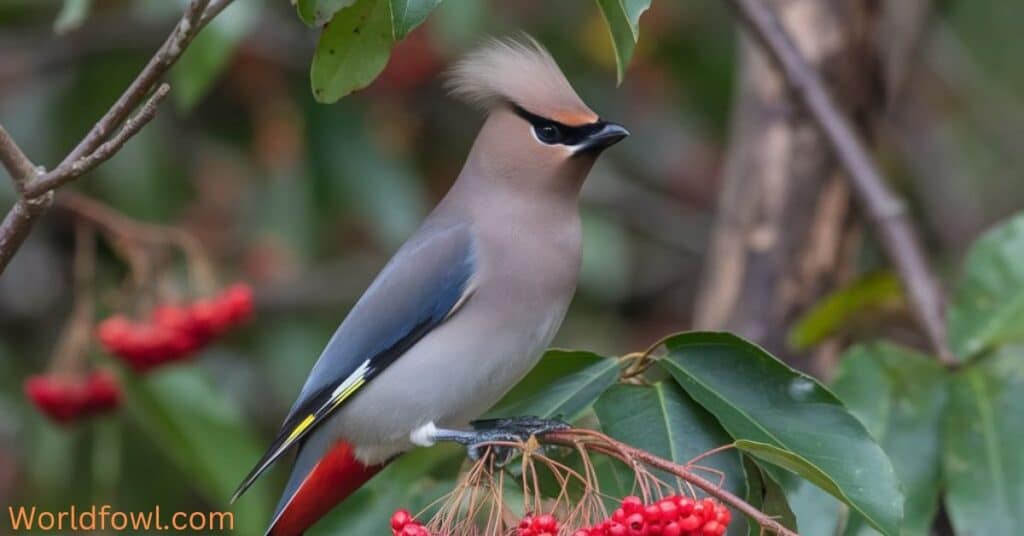
While not as dramatically crested as some other species, the Cedar Waxwing deserves a mention for its sleek, swept-back crest that gives it a perpetually cool look.
Key Facts:
- Scientific name: Bombycilla cedrorum
- Crest type: Fixed
- Distribution: North and Central America
- Diet: Primarily berries and fruits, also insects
The waxwing’s crest, combined with its black mask and yellow-tipped tail, makes it one of the most stylish birds with mohawks in North America.
European Crested Wonders
Eurasian Hoopoe: The Crown Jewel of Europe and Africa
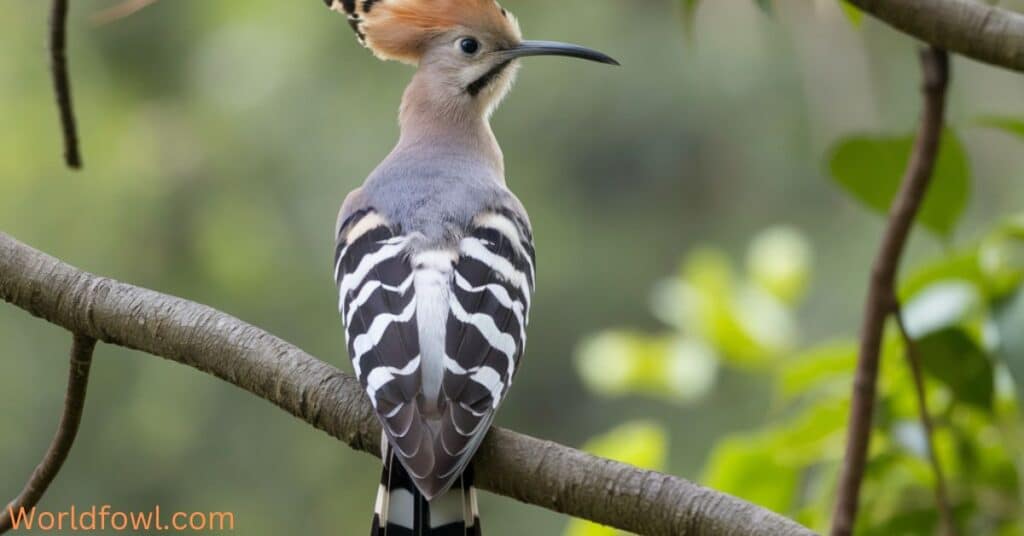
The Eurasian Hoopoe looks like it’s ready for a royal coronation with its spectacular fan-like crest.
Key Facts:
- Scientific name: Upupa epops
- Crest type: Erectile
- Distribution: Europe, Asia, and North Africa
- Diet: Insects and small reptiles
The hoopoe’s crest is truly remarkable. When fully erect, it forms a beautiful fan shape that’s hard to miss. This crest is used extensively in courtship displays and as a warning to predators.
you might also like : Do Geese Fly At Night? How Can They See?
European Crested Tit: Pint-sized Punk of the Pinewoods
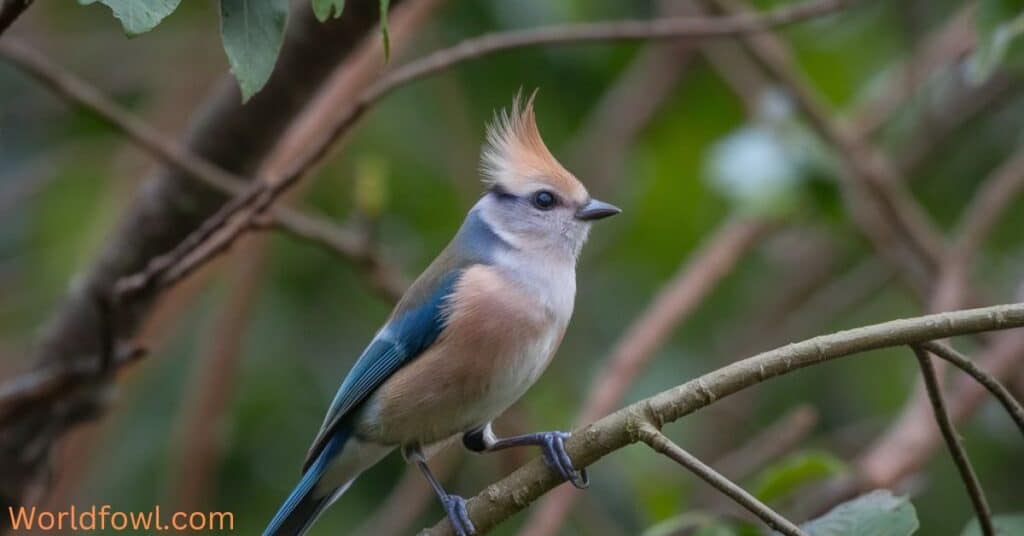
Don’t let its small size fool you; the Crested Tit has one of the most proportionally impressive crests in the bird world.
Key Facts:
- Scientific name: Lophophanes cristatus
- Crest type: Erectile
- Distribution: Coniferous forests of Europe
- Diet: Insects, spiders, and seeds
This little bird’s pointed crest gives it a perpetually surprised look. Despite its small stature, the Crested Tit isn’t shy about using its crest to assert dominance over larger birds at feeding sites.
Victoria Crowned Pigeon: New Guinea’s Royal Avian
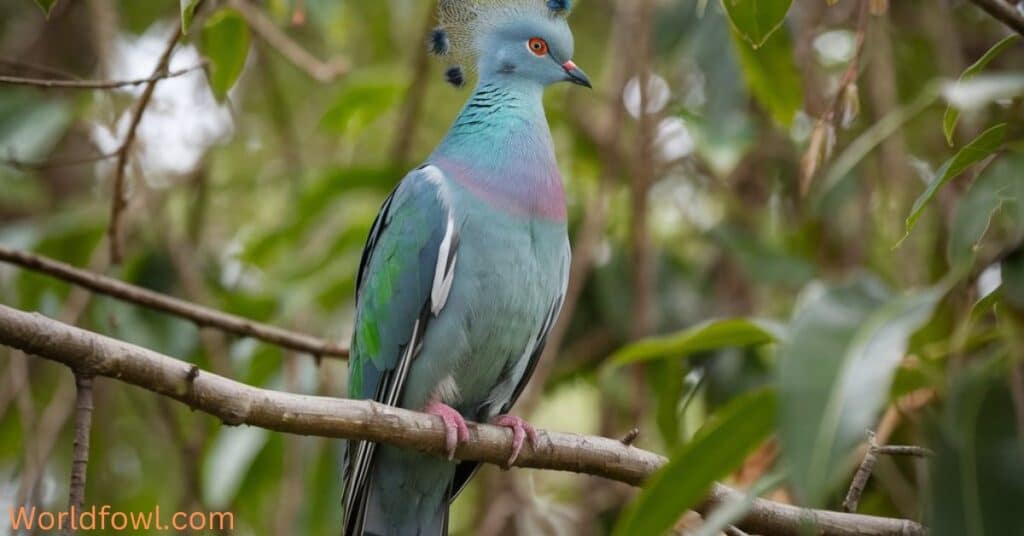
While not typically thought of as a bird with a mohawk, the Victoria Crowned Pigeon’s elaborate head plumage certainly qualifies it for this list.
Key Facts:
- Scientific name: Goura victoria
- Crest type: Fixed
- Distribution: New Guinea
- Diet: Fruits, seeds, and small invertebrates
This pigeon’s crest looks like an intricate lace fan, making it one of the most ornate birds with crests in the world.
Grey Crowned Crane: Africa’s Regal Dancer
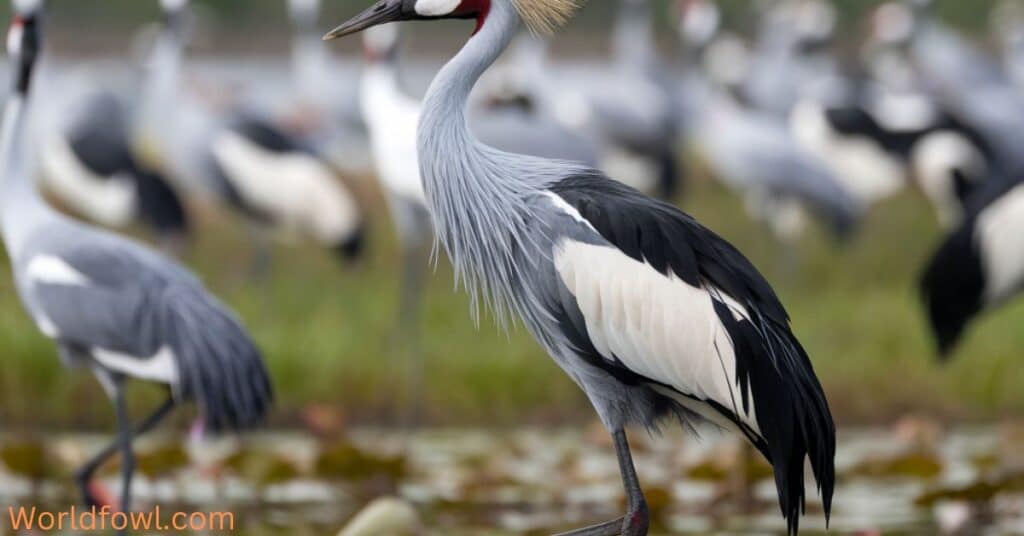
The Grey Crowned Crane sports a golden crown of feathers that puts many royal jewels to shame.
Key Facts:
- Scientific name: Balearica regulorum
- Crest type: Fixed
- Distribution: Eastern and Southern Africa
- Diet: Plants, seeds, insects, and small animals
This crane’s crest, combined with its elaborate courtship dance, makes it one of Africa’s most striking birds.
Sulphur-crested Cockatoo: Australia’s Boisterous Blonde
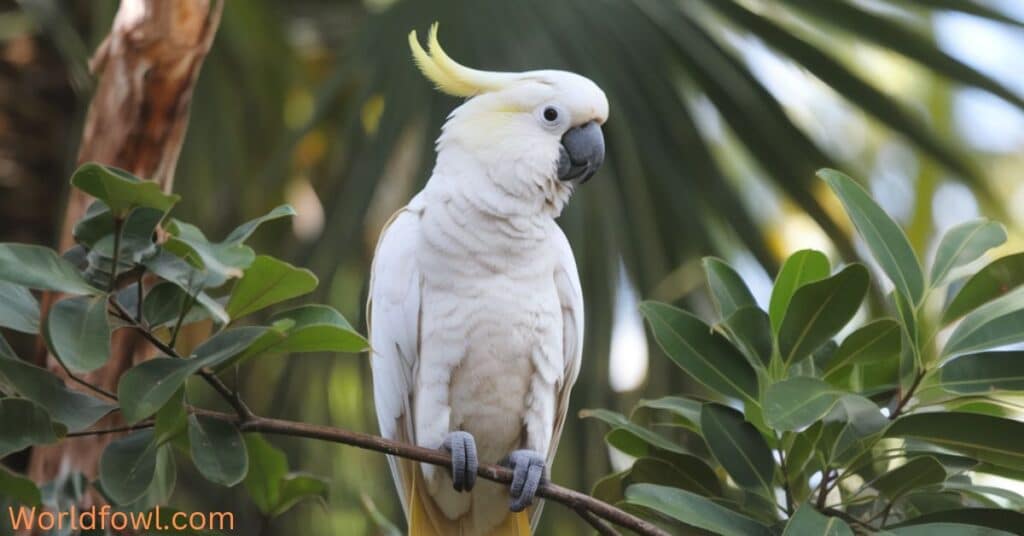
No list of crested birds would be complete without mentioning the Sulphur-crested Cockatoo, Australia’s loud and proud bird with a mohawk.
Key Facts:
- Scientific name: Cacatua galerita
- Crest type: Erectile
- Distribution: Australia and New Guinea
- Diet: Seeds, fruits, and insects
This cockatoo’s bright yellow crest is hard to miss, especially when it’s fully erect during the bird’s raucous vocalizations.
Crest Adaptations and Behaviors
Now that we’ve met some of the world’s most striking birds with mohawks, let’s explore how these crests factor into their daily lives and behaviors.
Courtship Displays: Flashing Feathers for Love
For many birds with crests, their headgear plays a starring role in courtship rituals. Here’s how some species use their crests to woo potential mates:
- Hooded Merganser: Males raise their white, fan-like crest and perform a head-pumping display to attract females.
- Victoria Crowned Pigeon: Both males and females bow and fan their crests during courtship, creating a mesmerizing display.
- Northern Cardinal: Males often feed seeds to females while displaying their bright red crests.
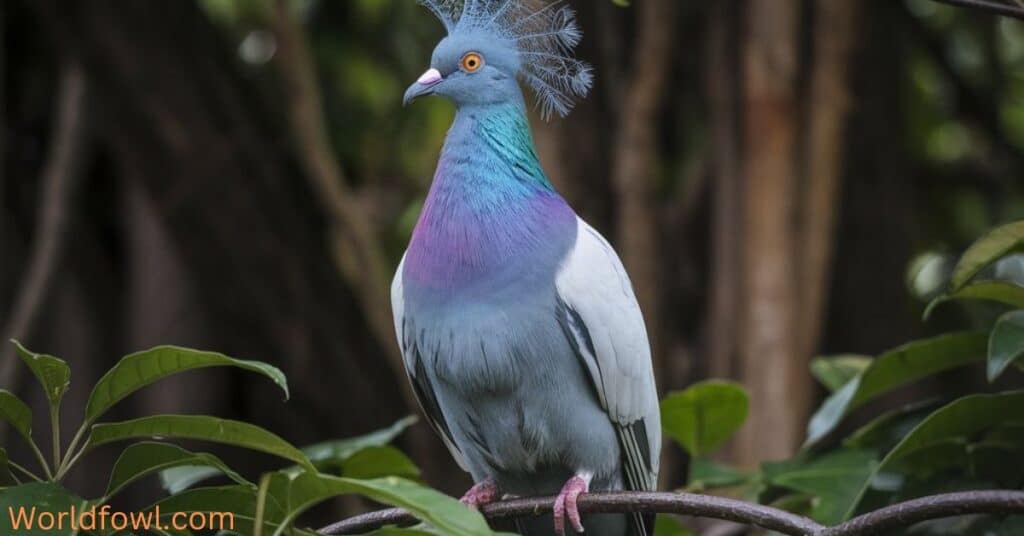
These displays aren’t just for show. They demonstrate the bird’s health, vitality, and genetic fitness to potential mates.
Territorial Assertions: The Power of a Raised Crest
When it comes to defending territory, a raised crest can be as effective as any weapon. Birds with mohawk feathers often use their crests to appear larger and more intimidating to rivals.
Case Study: The Blue Jay’s Crest in Action
Researchers observed Blue Jay behavior at backyard feeders and noted:
- Jays with fully erect crests were more likely to chase away other birds
- Subordinate jays kept their crests lowered when dominant birds were present
- The size and brightness of the crest correlated with the bird’s social status in the flock
This study demonstrates how crests serve as visual signals of dominance and submission in bird societies.
you may like : Woodpeckers In BC – The Complete Guide To 11 British Columbia Woodpeckers
Camouflage: How Some Crests Aid in Blending In
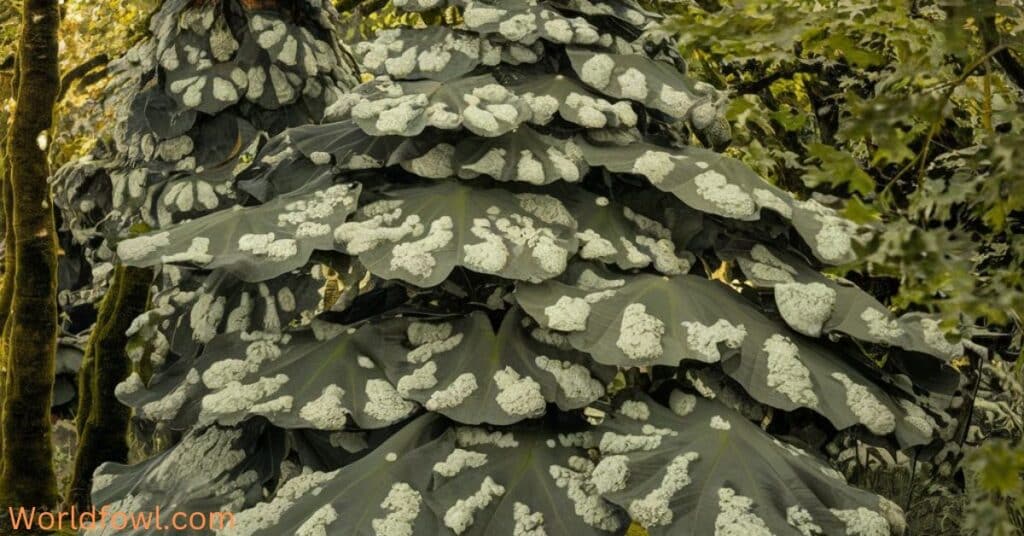
While many crests are flashy, some actually help birds hide. The Phainopepla, a crested bird found in the southwestern United States and Mexico, uses its crest as part of its camouflage strategy.
When perched in the shadows of dense foliage, the Phainopepla can flatten its crest and elongate its body, making it look more like a branch or leaf. This clever use of its crest helps it avoid detection by predators.
Conservation and Threats
As fascinating as birds with mohawks are, many species face significant challenges in the modern world. Understanding these threats is crucial for ensuring these unique birds continue to grace our skies.
Habitat Loss Impacting Crested Species
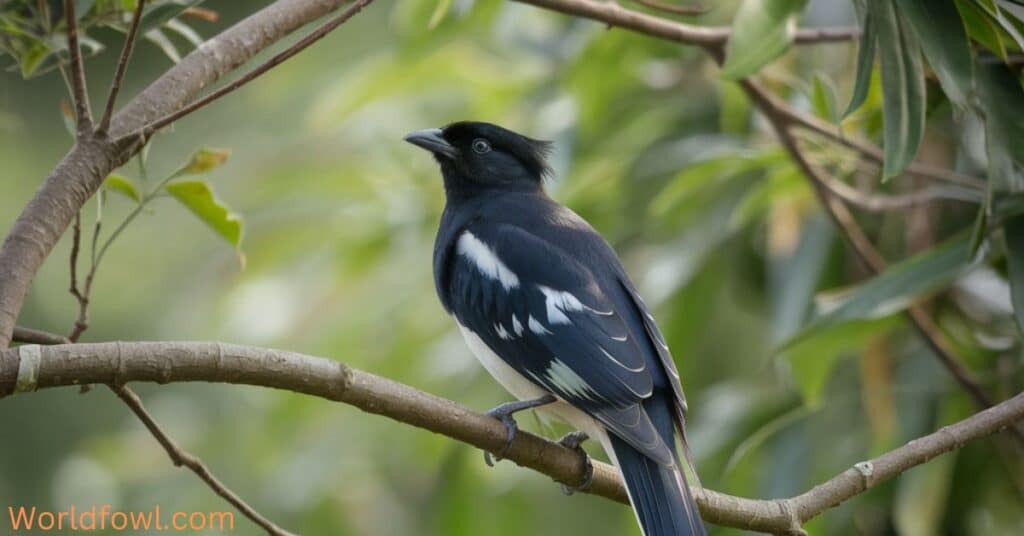
One of the biggest threats to birds with crests is habitat loss. As human development expands, the natural habitats these birds rely on for nesting, feeding, and breeding are shrinking.
Examples of Habitat Loss Impact:
- The Pileated Woodpecker requires large, mature forests. Deforestation has led to population declines in some areas.
- The Northern Lapwing, a European crested bird, has seen significant population decreases due to changes in agricultural practices that affect its breeding grounds.
Climate Change Effects on Plumage and Crest Development
Climate change isn’t just about rising temperatures; it can have subtle effects on bird biology, including crest development.
- Changes in food availability due to altered seasonal patterns can affect feather growth and quality.
- Increased temperatures may lead to changes in molt timing, potentially impacting crest appearance during crucial breeding seasons.
Success Stories: Crested Bird Conservation Efforts
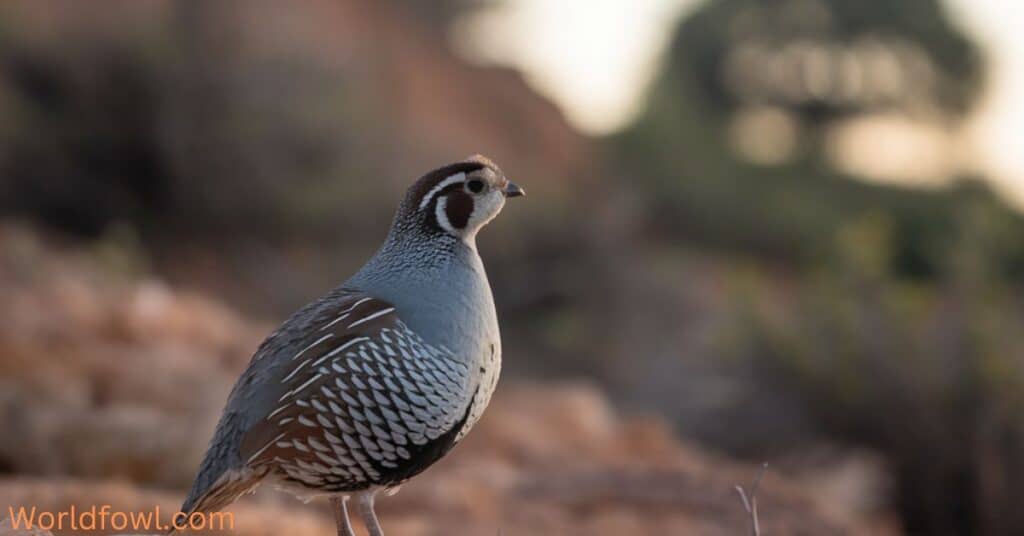
Despite the challenges, there are encouraging conservation success stories for some birds with mohawks.
Case Study: The Return of the Tufted Puffin
The Tufted Puffin, while not typically considered a bird with a mohawk, sports impressive golden plumes during breeding season. In Oregon, USA, conservation efforts have led to a resurgence of this species:
- Removal of invasive predators from breeding islands
- Protection of marine feeding areas
- Public education programs to reduce human disturbance
These efforts have resulted in a significant increase in Tufted Puffin populations along the Oregon coast, proving that targeted conservation can make a real difference.
Crested Birds in Human Culture
Birds with crests have captivated human imagination for centuries, leaving their mark on our art, literature, and cultural symbolism.
Symbolism and Mythology Surrounding Crested Birds
Many cultures have attributed special meanings to birds with mohawks:
- In ancient Egypt, the hoopoe was considered sacred, its crest symbolizing secret knowledge.
- Native American traditions often view the Northern Cardinal as a spiritual messenger.
- In Chinese mythology, the Phoenix, often depicted with an elaborate crest, represents rebirth and renewal.
you may like : 11 Types of Owls In Ontario (With Photos)
Influence on Art, Literature, and Design
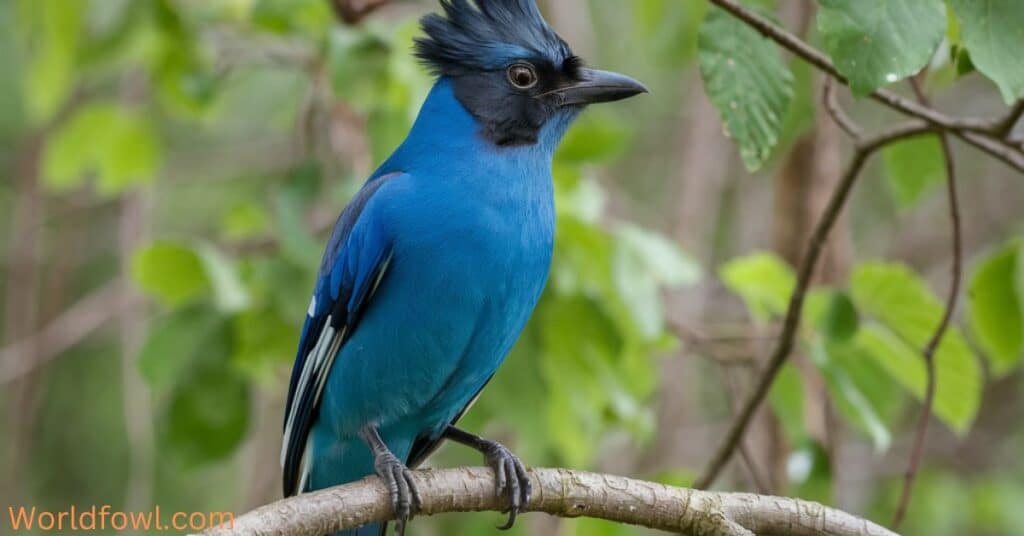
Crested birds have inspired artists and writers throughout history:
- The distinctive crest of the Steller’s Jay has made it a popular subject for wildlife artists in North America.
- The Eurasian Hoopoe‘s unique appearance has inspired countless poems and stories in European and Middle Eastern literature.
- Fashion designers have drawn inspiration from crested birds, with feathered headpieces often mimicking the dramatic crests of species like the Sulphur-crested Cockatoo.
Birdwatching Hotspots for Crest Enthusiasts

For those eager to spot birds with mohawks in the wild, here are some prime locations:
- Point Pelee National Park, Ontario, Canada: Great for spotting migratory crested species like Cedar Waxwings and Northern Cardinals.
- Everglades National Park, Florida, USA: Home to a variety of crested woodpeckers, including the impressive Pileated Woodpecker.
- New Forest, Hampshire, UK: An excellent spot to observe European crested birds like the Crested Tit.
- Kakadu National Park, Northern Territory, Australia: Offers opportunities to see the spectacular Sulphur-crested Cockatoo in its natural habitat.
The Future of Feathered Mohawks
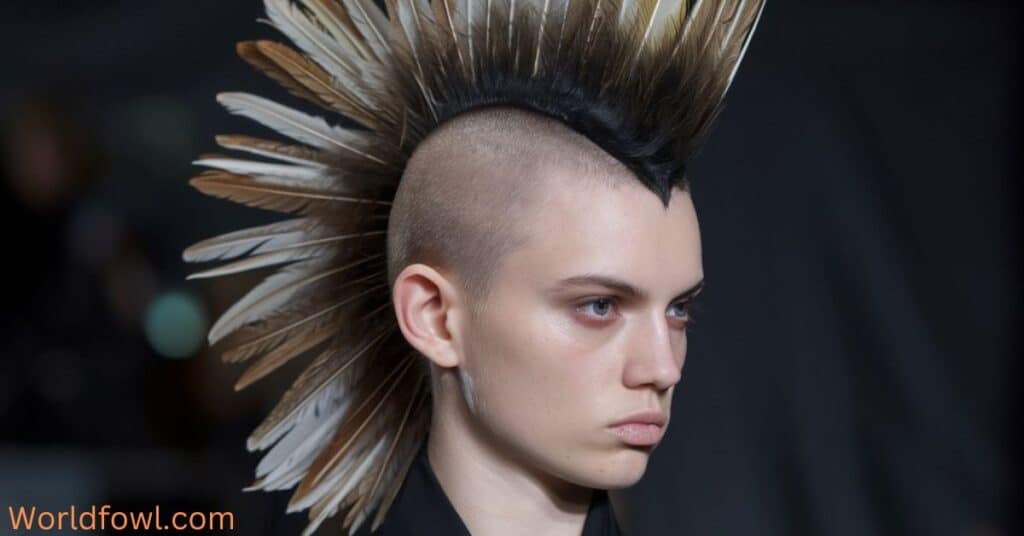
As we look to the future, the world of birds with crests continues to fascinate scientists and bird enthusiasts alike. Ongoing research and conservation efforts are shaping our understanding of these remarkable creatures.
Ongoing Research in Crest Evolution and Genetics
Scientists are delving deeper into the genetic basis of crest development:
- Recent studies have identified specific genes responsible for crest formation in chickens, which could provide insights into crest development in wild birds.
- Researchers are exploring how environmental factors influence crest size and color, potentially shedding light on the evolutionary pressures that led to the diverse array of crests we see today.
Potential Adaptations in Urban Environments
As human cities expand, some birds with mohawks are adapting to urban life:
- Northern Cardinals and Blue Jays are increasingly common in city parks and suburban gardens.
- Urban-dwelling crested birds may be developing different behaviors or even slight physical adaptations compared to their rural counterparts.
The Role of Citizen Science in Studying Crested Birds
Birdwatchers and nature enthusiasts play a crucial role in monitoring birds with crests:
- Projects like eBird allow citizens to report bird sightings, creating vast databases that help track population trends.
- Citizen-led initiatives like the Christmas Bird Count provide valuable data on winter distributions of crested species.
“Every time you step outside and observe a bird, you’re contributing to our collective knowledge. Citizen science is revolutionizing how we understand and protect our feathered friends.” – Dr. Jane Goodall
Conclusion: Celebrating Avian Diversity
From the regal Northern Cardinal to the punk-rock Hooded Merganser, birds with mohawks add a dash of flair to the avian world. These crested wonders not only captivate us with their unique appearances but also play crucial roles in their ecosystems.
As we’ve explored, the world of birds with crests is diverse and fascinating:
- We’ve discovered the science behind these feathered crowns and their various functions
- We’ve learned about the challenges these birds face and the conservation efforts aimed at protecting them
- We’ve seen how these birds with mohawks have influenced human culture and continue to inspire us
The ongoing fascination with nature’s head-turning designs reminds us of the incredible diversity in the animal kingdom. Each unique crest tells a story of evolution, adaptation, and survival.
A Call to Action: Protecting Our Crested Friends
As we marvel at these birds with mohawks, it’s crucial to remember our role in ensuring their survival. Here are some ways you can help:
- Support habitat conservation: Donate to or volunteer with organizations working to protect bird habitats.
- Create bird-friendly spaces: Plant native species in your garden to provide food and shelter for local birds.
- Participate in citizen science: Join bird counting projects to contribute valuable data for researchers.
- Spread awareness: Share your knowledge and passion for crested birds with others.
- Practice responsible birdwatching: Respect birds’ space and follow ethical guidelines when observing them in the wild.
The Ongoing Wonder of Crested Birds
As we conclude our journey through the world of birds with crests, it’s clear that these feathered friends continue to capture our imagination. From the Scaled Quail‘s subtle topknot to the Sulphur-crested Cockatoo‘s dramatic plumes, each species offers a unique glimpse into the artistry of nature.
The next time you spot a bird with a mohawk, take a moment to appreciate the complex biology, behavior, and evolution behind that striking crest. Whether it’s a common Northern Cardinal at your backyard feeder or a rare Bohemian Waxwing passing through during migration, these birds are a testament to the endless creativity of the natural world.
In the words of John James Audubon, the famous ornithologist:
“The moment a little boy is concerned with which is a jay and which is a sparrow, he can no longer see the birds or hear them sing.”
Let’s strive to maintain that childlike wonder and curiosity about the birds with mohawks that share our world. By appreciating, studying, and protecting these remarkable creatures, we ensure that future generations will also have the joy of witnessing a Pileated Woodpecker‘s flaming crest or a Steller’s Jay‘s punk-rock ‘do against a clear blue sky.
Remember, every crested bird you see is not just a beautiful sight, but a living, breathing part of our planet’s rich biodiversity. These birds with crests are more than just nature’s punk rockers – they’re essential players in the complex symphony of life on Earth.
So the next time you’re out for a walk, look up. You might just spot a feathered mohawk that will make you smile and remind you of the incredible world we live in.

Henry James is a seasoned blogger and a passionate storyteller on “World Fowl.” With years of experience crafting engaging content, he brings a unique blend of expertise and creativity to his writing. Henry specializes in exploring diverse topics with depth and clarity, captivating readers worldwide.

